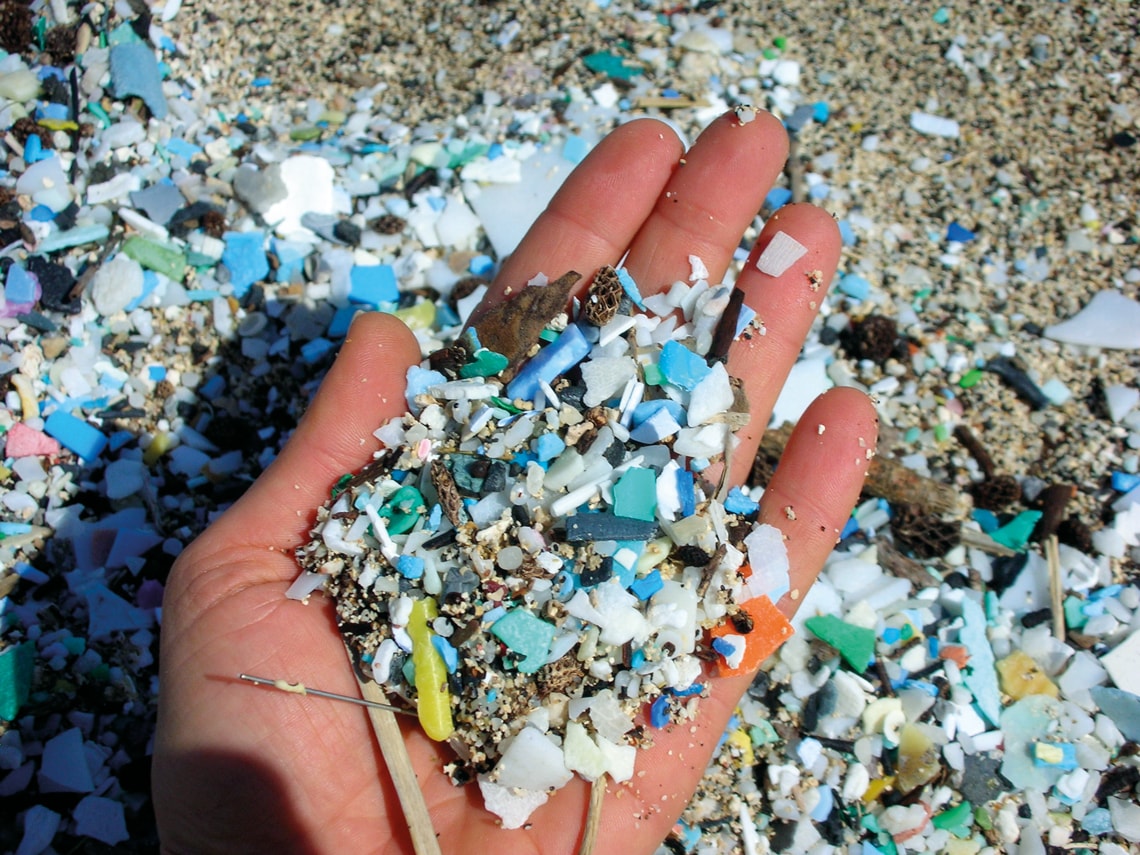
Microplastics (MPs) and plasticizes were two typical pollutants related to plastic waste, which have adverse effects on ecosystems and human health. Meanwhile, MPs had been widely detected in environments such as oceans, freshwater, sediments and soils. In addition, phthalate eaters (PAEs) were a group of widely used plasticizers, which belong to teratogenic compounds. It can be seen that most of the literatures focus on the municipal wastewater treatment plant (MWTP) wastewater, and there is no systematic report on the occurrence of MPs and PAEs in sludge. Therefore, it is vital to study the occurrence and migration pathways of MPs and PAEs in the MWTP.
The effluent from a MWTP is considered as the main source of MPs and PAEs into the aquatic environment. And residual MPs and PAEs are detected in the effluent and sludge. Unfortunately, most of the reported studies focused on the changes of MPs and PAEs in the influent and effluent of MWTP, while their existence in the sludge is ignored. In addition, the ever-increasing production of sludge and the demand for the utilization of sludge led to the construction of more and more sludge thermal hydrolysis systems. However, information on the removal efficiency of MPs and PAEs during the thermal sludge hydrolysis is very limited, the occurrence levels of MPs and PAEs in MWTPs had not been systematically studied, and the behavior of MPs and PAEs during thermal hydrolysis of sludge had never been investigated.
To address these problem, Dr. Sen Dong, Prof. Li Feng and Prof. Liqiu Zhang from Beijing Forestry University and their team members have worked jointly and investigated systematically the occurrence and removal of MPs and PAEs in wastewater and sludge. Their work not only investigated the occurrence level and distribution characteristics of MPs in different treatment units in the MWTP, but also explored the variations of PAEs during wastewater and sludge treatment processes. This study entitled “Occurrence and migration of microplastics and plasticizers in different wastewater and sludge treatment units in municipal wastewater treatment plant” is published online in Frontiers of Environmental Science & Engineering in 2022.
In this study, the concentrations of MPs in the influent and effluent were 15.46±0.37 and 0.30±0.14 particles/L. The MP removal efficiency of 98.1% was achieved and about 73.8% of MPs were accumulated in the sludge in the MWTP. The numbers of MPs in the sludge before and after digestion were 4.40±0.14 and 0.31±0.01 particles/g (dry sludge), respectively. Fourier Transform Infrared Spectroscopy (ATR FT-IR) analysis showed that the main types of MPs were polyethylene terephthalate (PET), polypropylene (PP), polyethylene (PE), and polystyrene (PS). Six PAEs, including phthalate (DMP), diethyl phthalate (DEP), diisobutyl phthalate (DIBP), ortho dibutyl phthalate (DBP), butyl benzyl phthalate (BBP), and bis(2-ethyl) hexyl phthalate (DEHP), were detected in the MWTP. The concentrations of total PAEs (ΣPAEs) in the influent and effluent were 76.66 and 6.28 μg/L, respectively. The concentrations of ΣPAEs in the sludge before and after digestion were 152.64 and 31.70 μg/g, respectively. In the process of thermal hydrolysis, the number and size of MPs decreased accompanied by the increase of the plasticizer concentration.
This study investigated a series of representative parameters including the number, size, color, shape of MPs, and the concentrations of PAEs in wastewater and sludge, in order to provide a comprehensive and systematical analysis for the occurrence and the migration behaviors of MPs and PAEs in MWTP. In addition, this work also provides new enlightenment to effectively reduce the risk of MPs and PAEs entering the natural environment through MWTPs.
